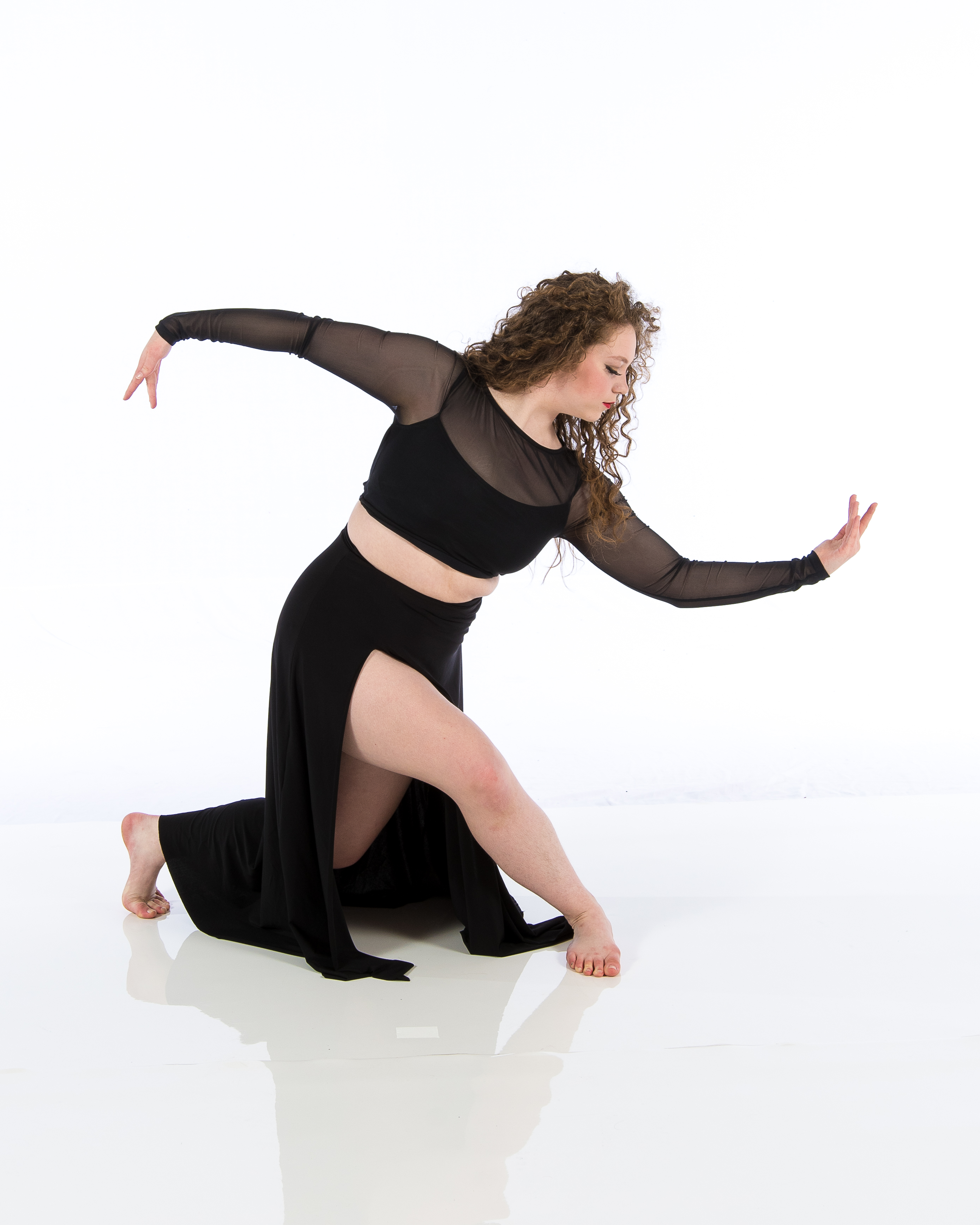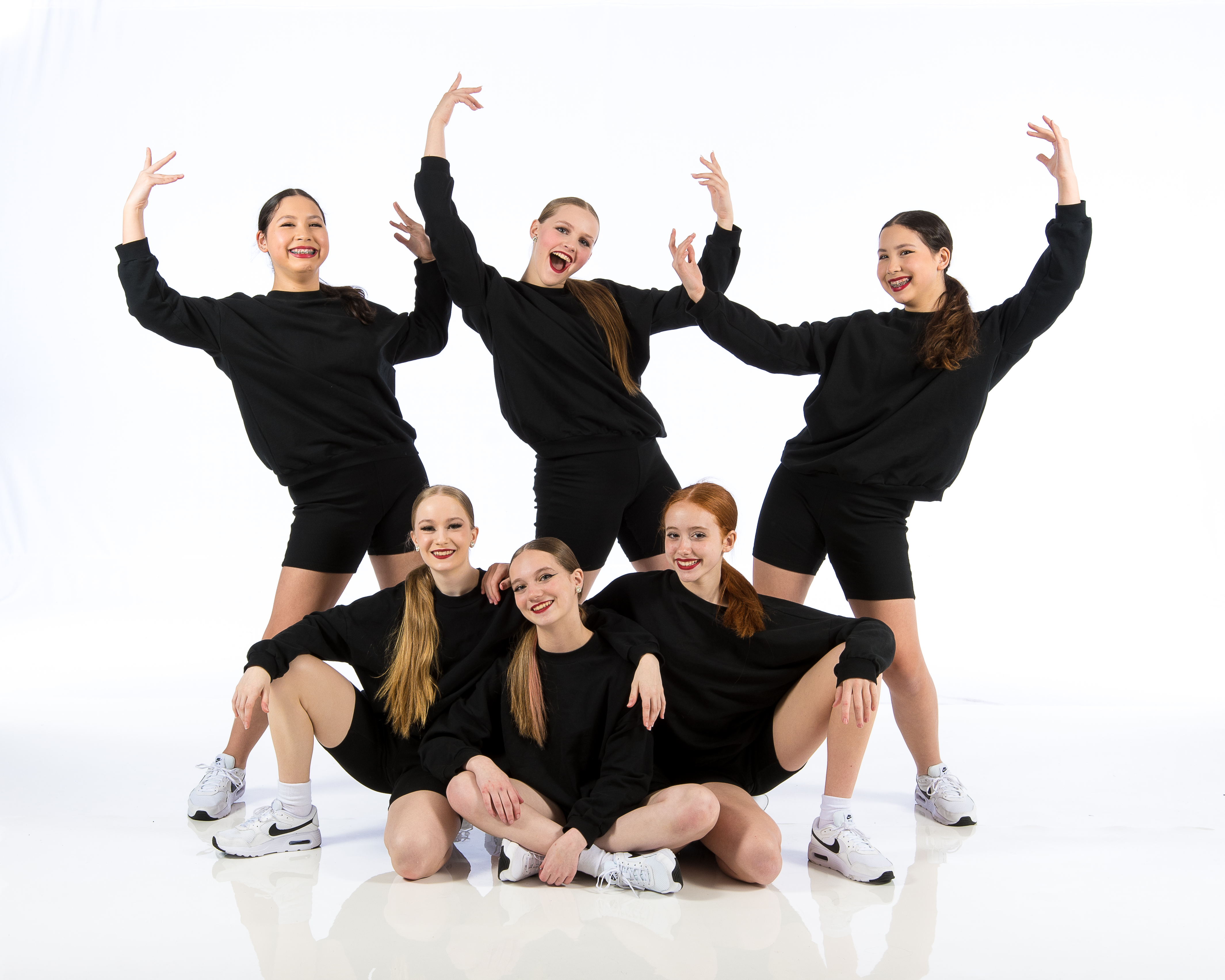Introduction: Understanding Inclusivity in Dance Studios

In today's world, the concept of inclusivity is more than just a buzzword; it's a fundamental value that shapes communities. This is especially true in dance studios, where diverse backgrounds and experiences can create a vibrant atmosphere for learning and growth. So, what exactly does inclusivity mean in the context of a dance studio? It embodies the idea of creating an environment where everyone feels welcome, valued, and empowered to express themselves through movement.
Inclusivity fosters stronger studio communities by encouraging participation from individuals of all ages, abilities, and backgrounds. In this comprehensive article, we will explore various aspects of how inclusivity plays a pivotal role in cultivating dynamic dance class environments that not only enhance individual skills but also build strong connections among students.
The Role of Inclusivity in Fostering Stronger Studio Communities
Inclusivity is integral to creating a thriving dance studio community. When studios embrace diversity—whether it be cultural, racial, economic, or physical—everyone benefits. A dance class that includes individuals from different walks of life invites unique perspectives and expressions which enrich the overall experience for all involved.
Understanding Diversity in Dance Studios
What does diversity look like in a dance studio?
Diversity encompasses various elements:
- Cultural Backgrounds: Different traditions influence style and interpretation. Physical Abilities: Classes can cater to all skill levels and disabilities. Age Range: Welcoming both young children and older adults creates intergenerational bonds.
By recognizing these differences, studios can tailor their programs to be more accessible and engaging for everyone.
Creating Safe Spaces for Expression
Why are safe spaces crucial in a dance studio?
Safe spaces allow dancers to express themselves without fear of judgment or ridicule. When individuals feel secure in their environment:
- They are more likely to take risks. Creativity flourishes. Community bonds strengthen.
How can studios cultivate safe spaces?
Establish clear guidelines against bullying. Encourage open dialogue about individual experiences. Provide opportunities for feedback on class dynamics.Engaging All Students: Strategies for Inclusivity
1. Tailored Class Offerings
Not every student learns the same way or at the same pace. Offering various styles and levels can ensure everyone finds their footing within the studio's offerings:
- Adult classes alongside children's classes Beginner-friendly workshops Specialized classes for students with disabilities
2. Community Events and Collaborations
Hosting events that celebrate diversity helps foster community spirit:
- Potlucks featuring different cultural cuisines Joint performances with other local studios Workshops led by guest teachers from diverse backgrounds
Empowering Instructors: Training for Inclusivity
1. Workshops on Cultural Competency
Instructors should engage in ongoing training on how to address diverse student needs effectively:
- Understanding cultural nuances Adapting teaching methods Recognizing implicit biases
2. Mentorship Programs
Experienced instructors can mentor newer ones on inclusive practices:
- Sharing firsthand experiences Discussing challenges faced Offering solutions based on real-life scenarios
Building Relationships Through Communication
1. Open Lines of Dialogue with Students
Encouraging feedback allows students to voice their needs:
- Regular check-ins during classes Anonymous surveys about inclusivity practices
2. Family Engagement Initiatives
Inviting families into the conversation creates a sense of belonging:
- Family days at the studio Parent-teacher meetings focused on inclusivity strategies
The Impact of Inclusivity on Dancers' Growth
Inclusivity isn't just about numbers; it has profound implications on individual dancer development:
Enhancing Confidence Through Accepting Environments
When students know they belong, confidence blossoms:
Increased willingness to perform. Greater dedication to practice. Enhanced peer relationships.Fostering Collaboration Over Competition
In inclusive environments:
- Dancers learn from one another rather than competing against each other. Collaboration leads to innovative choreography and performances.
Real-Life Examples: Studios Leading the Way in Inclusivity
Case Study 1: A Local Dance Studio’s Journey Towards Inclusiveness
This studio began by hosting "bring-a-friend" weeks, allowing students to invite friends from diverse backgrounds into their classes.

Lessons Learned:
- Strengthened bonds between existing members and newcomers.
Case Study 2: National Dance Program Focused on Accessibility
A national initiative aimed at integrating dancers with disabilities into mainstream classes showcases how inclusive practices benefit everyone involved.
Achievements:
Increased awareness around adaptive techniques. Development of specialized teacher training modules.FAQs About Inclusivity in Dance Studios
1. What is inclusivity in a dance class?
Inclusivity refers to creating an environment where all individuals feel welcomed and valued regardless of their background or ability level.
2. How can I promote inclusivity as an instructor?
You can promote inclusivity by offering diverse class options, engaging with students regularly for feedback, and undergoing training Doty Performance focused on cultural competency.
3. Are there any specific teaching methods that support inclusiveness?
Dance information Yes! Utilizing universal design principles can help adapt lessons to accommodate varying needs within your student group.
4. How do family engagements contribute to an inclusive culture?
Family engagement fosters collaboration between home and studio environments which promotes understanding and support for diverse needs within classes.
5. What challenges might arise when implementing inclusiveness?
Some challenges include resistance from traditionalists who prefer conventional methods or difficulties regarding resource allocation for adaptation efforts.
6. Can inclusivity lead to better performance outcomes?
Absolutely! Inclusive environments boost confidence among dancers leading them to perform better collectively as they feel supported by their peers.
Conclusion: The Future is Inclusive!
In summation, “The Role of Inclusivity in Fostering Stronger Studio Communities” cannot be understated; it serves as a catalyst for growth—both personally for dancers and collectively within the community itself! By embracing diversity through tailored offerings, safe spaces, communication channels, and continuous education for instructors, we pave the way toward healthier relationships rooted deeply within our passion—dance!
As we look forward into future endeavors across our beloved dance studios worldwide—let's remember that fostering stronger communities starts with actively promoting an inclusive culture that celebrates every individual's unique story!